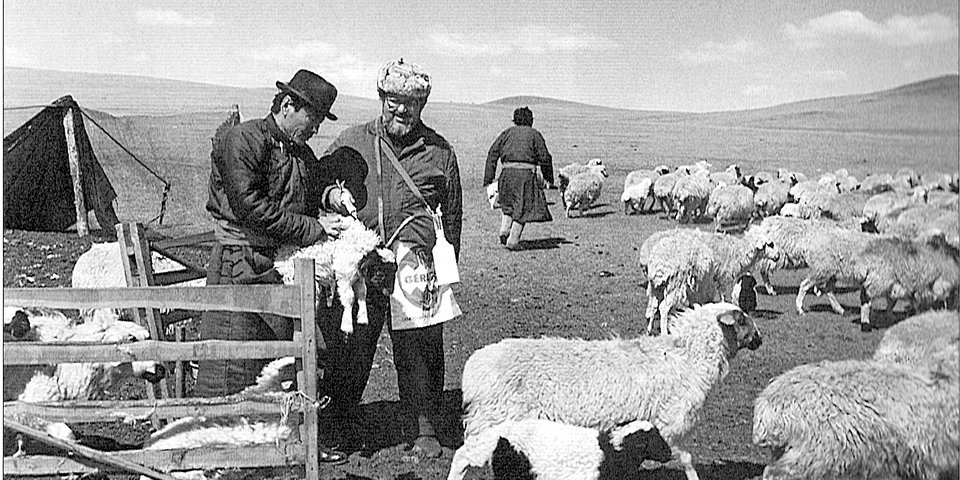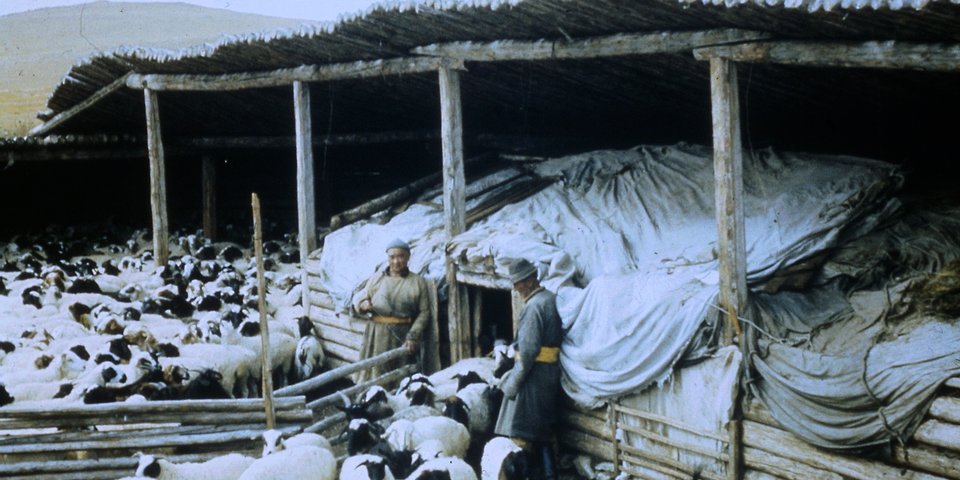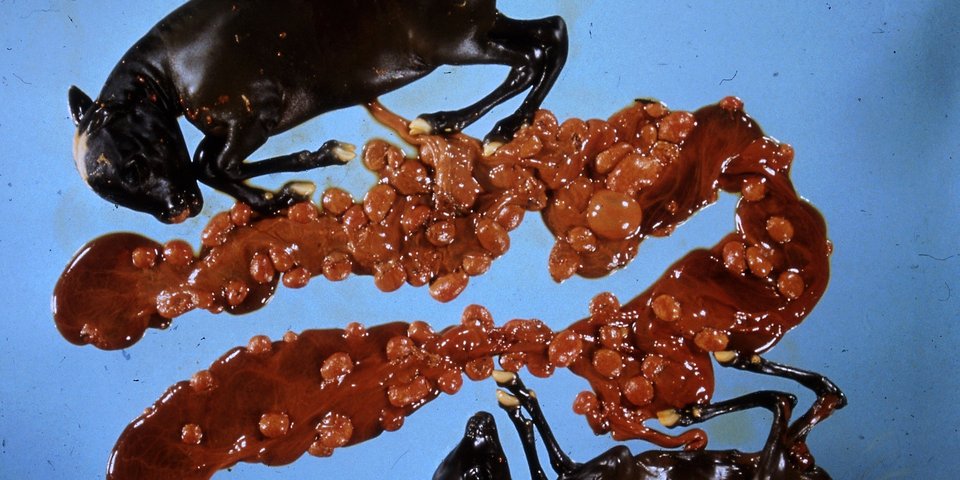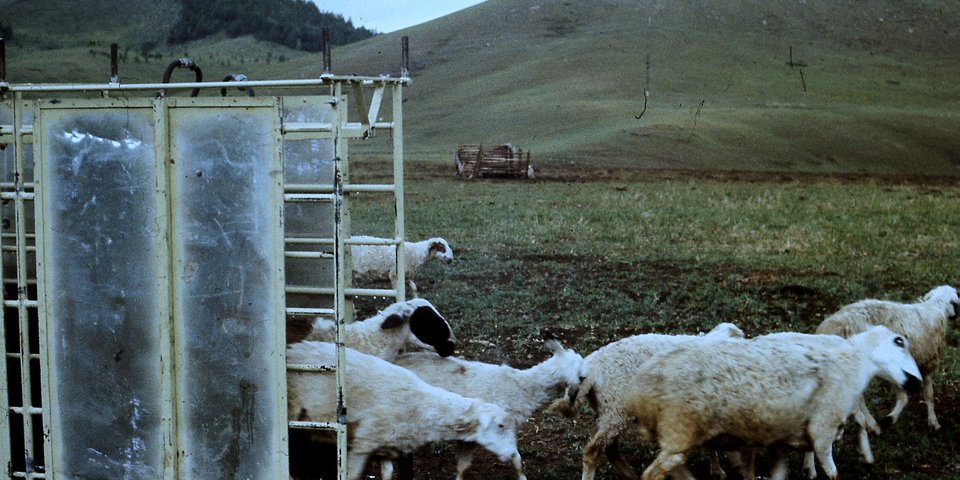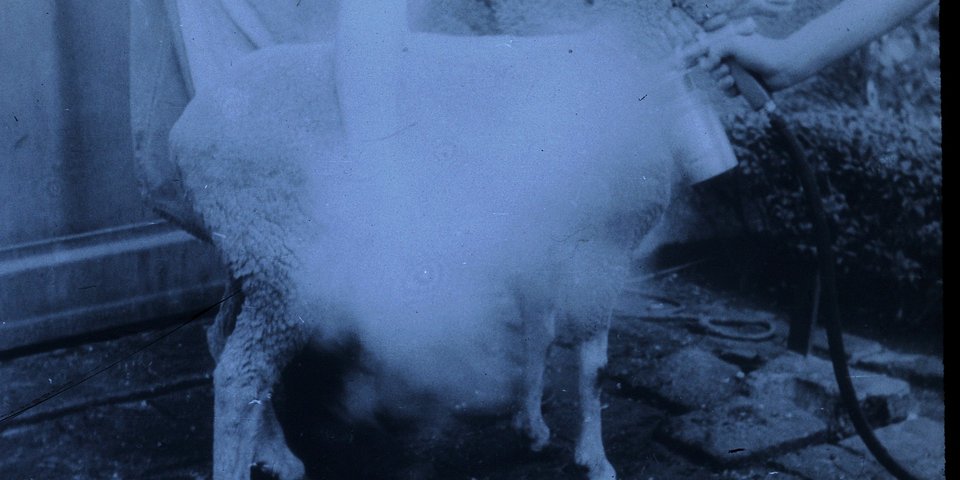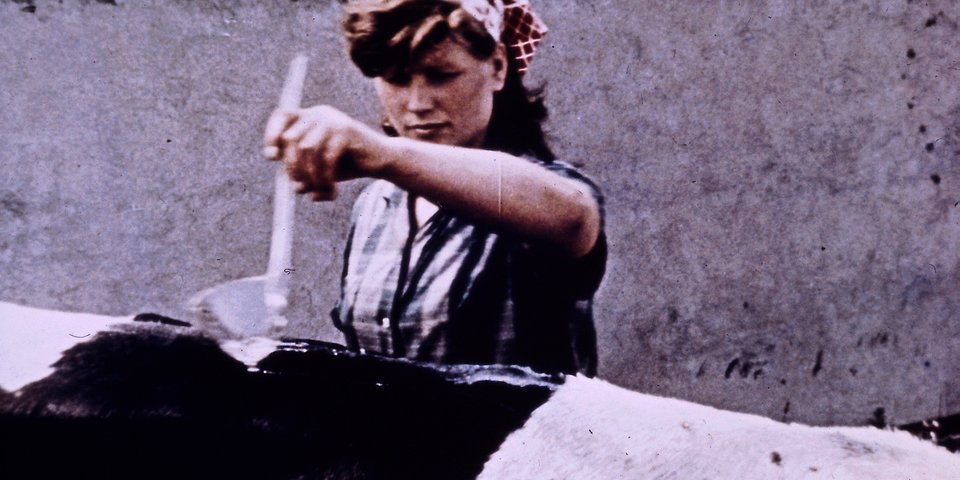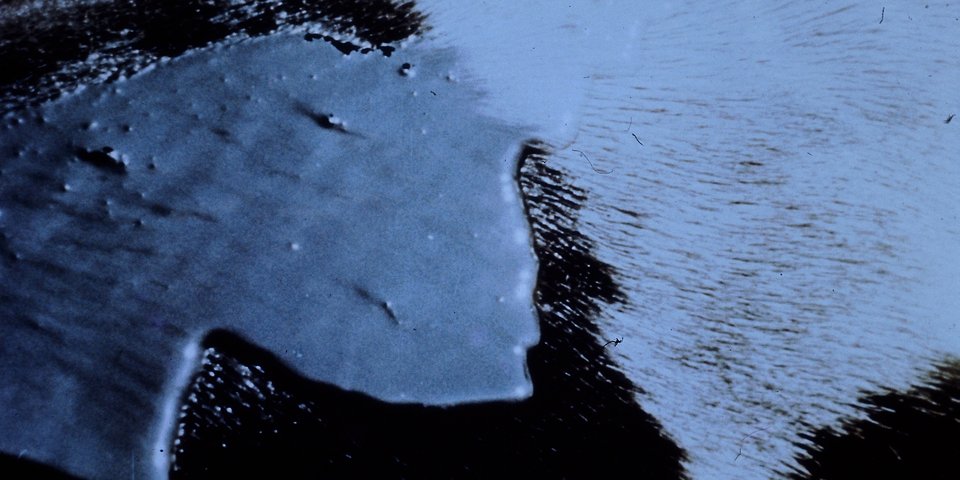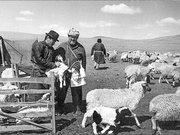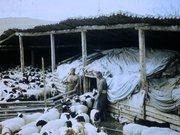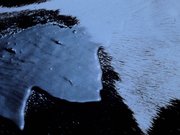Zentralinstitut der Humboldt-Universität zu Berlin
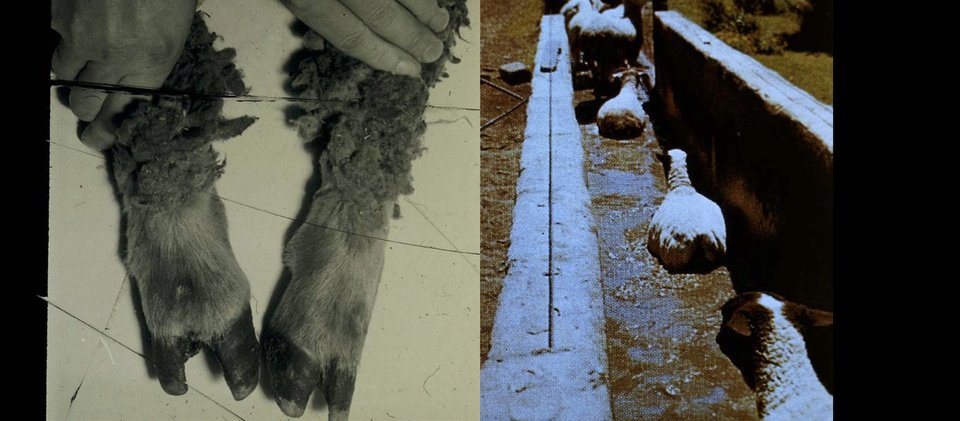
Opening: February 6th, 6 p.m.
30 years after the fall of the Wall, interest in a differentiated view of GDR science is growing. Research projects were guided by political or geo-strategic interests, but they also provided important insights and marked the beginning of cooperation that continues to this day. The exhibition Trading and treating animals focuses on the exchange of scientific knowledge, technology transfer and trade relations between the Mongolian People's Republic (MPR) and the German Democratic Republic (GDR) between the late 1960s and 1980s. Bilateral economic agreements included the veterinary (parasitological) treatment of sheep diseases on the one hand and the establishment of the leather and textile processing industry in Mongolia on the other. The GDR was Mongolia's most important trading partner in Europe and purchased leather and wool products mainly from MPR. The close cooperation between German scientists and local veterinarians in applied research on livestock diseases has established itself institutionally. Cooperation between the Freie Universität Berlin (FU) and the Mongolian University of Life Sciences, the Mongolian State University of Agriculture and the Institute of Veterinary Medicine in Ulaanbaatar still exists today.
The exhibition covers the range from veterinary medicine to technical, industrial and economic history. Exhibits from the fields of veterinary medicine, biology and veterinary technology are shown together with Mongolian industrial products such as carpets and clothing from the 1970s and 1980s. The display refers to the history of close scientific and economic cooperation.
The occasion for the exhibition is the 90th birthday of Prof. Dr. Theodor Hiepe, a scientist who played a major role in the research and development of treatment methods for sheep diseases. In 1960 he was appointed professor of the Department of Parasitology and Director of the Institute of Parasitology and Vet. med. Zoology of the Veterinary Faculty of the Humboldt-Universität zu Berlin (HU). From 1993 until his retirement in 1995 he was Professor of Parasitology at the Freie Universität Berlin. Prof. Dr. Hiepe was the initiator, patron and head of the ectoparasite control program. Under his leadership, the ectoparasite control research laboratory was established in Mongolia in 1970.
The exhibition was curated by Katharina Otto and Felix Sattler. Scientific advisory board: Prof. Dr. Theodor Hiepe (Prof. em., HU), Prof. Dr. med. vet. Peter-Henning Clausen (FU), Prof. Dr. Kai Matuschewski (HU), Dr. Adnan Al Halbouni (FU). With generous support of the Embassy of Mongolia in the Federal Republic of Germany.
